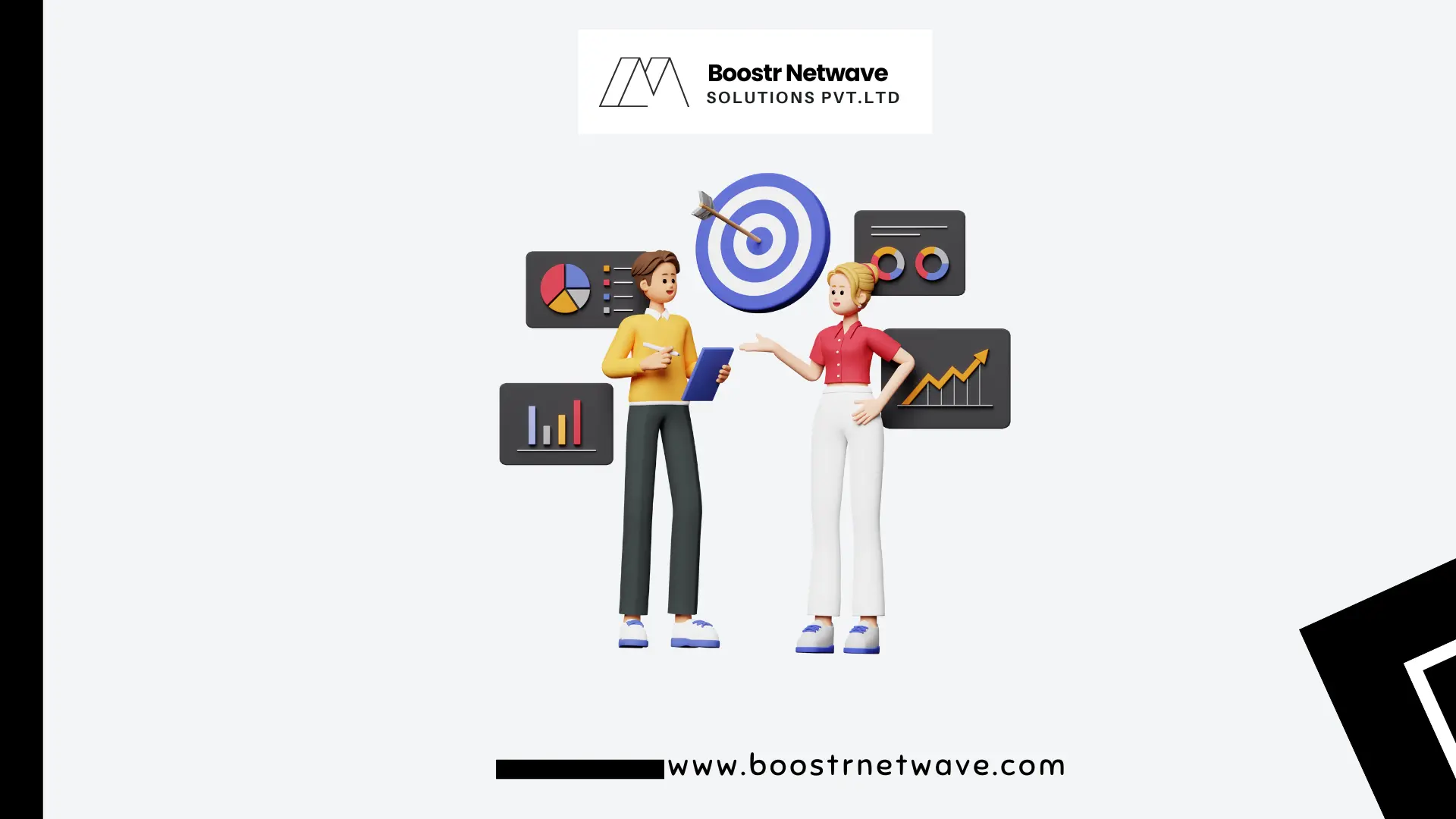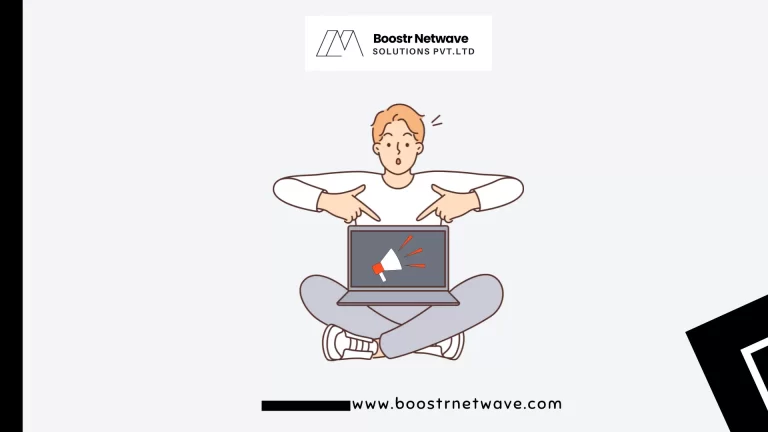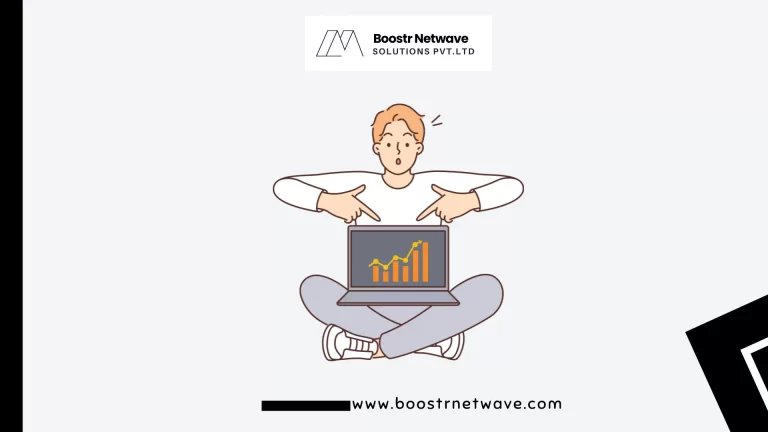Creating engaging and relevant content consistently is crucial for any SaaS company.
This content helps attract and retain customers and establishes the company as a thought leader in the industry.
This article will explore comprehensive strategies for developing high-quality saas content marketing that resonates with your target audience and supports your business goals.
What is SaaS Content Marketing?

SaaS content marketing is a strategic approach to creating and distributing valuable, relevant, and consistent content to attract and retain a clearly defined audience for a Software as a Service (SaaS) company.
This type of marketing aims to drive customer engagement, establish the company as an industry authority, and ultimately support business growth by addressing the needs and pain points of potential and existing customers.
Why Is SaaS Content Marketing Important?
Increases Brand Awareness:
By consistently producing valuable content, SaaS companies can improve their visibility online, making it easier for potential customers to discover their brand.
Educates and Informs:
High-quality content helps educate potential customers about the benefits and features of a SaaS product, making it easier for them to understand how it can solve their problems.
Builds Trust and Authority:
Sharing insightful and helpful content positions a SaaS company as an expert in its field, which builds trust with the audience and establishes the company as a go-to resource.
Generates Leads:
Effective content marketing attracts potential customers to a SaaS company’s website, where they can be converted into leads through calls-to-action, landing pages, and lead magnets like eBooks and webinars.
Enhances Customer Engagement:
Regularly updating a blog or producing other forms of content keeps customers engaged and coming back for more, fostering a deeper connection with the brand.
How to Craft an Effective SaaS Content Marketing Strategy in Seven Steps?

A successful content strategy for SaaS begins with thorough marketing research and strategic planning, moves through content creation and inbound marketing efforts, and ends with tracking campaign performance. This process can be broken down into seven essential steps:
- Target audience identification
- Pain point analysis
- Keyword analysis
- Campaign goal setting and tracking
- Content production
- Content distribution
- Campaign results monitoring and optimization
For each step, following best practices will yield better results. Let’s take a closer look at each step.
1. Define Your Target Audience
Identifying your target audience is crucial for building a focused marketing campaign. You can define your audience clearly by creating a checklist of questions to categorize their characteristics. For example:
- Is your ideal buyer a business or a consumer?
- What is their gender?
- What is their age?
- What is their income level?
- What industry do they work in?
- What is their job title?
- Which other brands do they purchase from?
- Which websites do they visit?
- Which social media profiles do they follow?
- Which trade associations do they belong to?
- Which trade shows do they attend?
Create your own customized checklist tailored to your product and audience.
2. Identify Pain Points
Once you’ve identified your audience, the next step is to uncover the pain points that drive their buying decisions. Understanding these pain points will help you tailor your marketing and sales strategies to meet your audience’s needs effectively.
One effective way to identify your audience’s pain points is to walk through their experience and the steps they take from discovering your product to making a purchase. Creating a customer journey map can be particularly useful. This map outlines the stages of your buyer’s experience as they move through your SaaS marketing funnel from prospects to customers.
The SaaS Customer Journey:
- Awareness: The customer becomes aware of your brand and product.
- Website Visit: They visit your website to learn more.
- Interest: They develop an interest in your product, leading to a free trial registration or demo request.
- Conversion: They convert to a long-term freemium user or paying customer.
- Adoption: They actively start using your product.
- Expansion: They expand their use by adopting new features or supporting products/services.
- Customer Service: They may encounter and escalate customer service issues.
- Retention/Churn: They decide whether to renew their subscription or let it lapse.
At each step, potential customers may face obstacles that hinder their progress toward retention. Examples of such obstacles include:
- Failing to see how your product meets their needs
- Difficulty navigating your website
- Poor experience during a free trial or demo
- Issues with the payment process
- Technical challenges during product onboarding
- Inactive usage of the product
- Poor customer service experience
- Problems with the renewal process
For SaaS marketing, the initial contact with your brand and website is crucial. Your marketing efforts must address the pain points that led customers to seek out a solution like yours or those offered by competing SaaS brands.
Common Pain Points:
- Financial: Low revenue or high expenses
- Labor: Excessive work required to use a current SaaS product
- Emotional: Frustration with the user experience of a current product
- Time Management: Wasted time due to inefficiency
- Learning Curve: Difficulty learning how to use a SaaS solution due to poor training support
- Technical: Inability to integrate a SaaS solution with desired apps
- Customer Service: Issues with present or past SaaS providers
You can adapt these general pain points to fit your specific industry and audience. Additionally, you may identify unique pain points particular to your audience or industry.
Use these pain points in your marketing content and sales materials to better address your customers’ needs.
3. Identify Relevant Keywords
At each stage of your customer’s journey, they might use specific keywords to find the information they need. For example:
- Before they know about your brand, they might search for how to solve a problem related to their pain points.
- After discovering your brand, they might look for reviews.
- Once they start using your product, they might search for setup instructions.
- As they adopt your product, they might look for tips on using specific features.
- When they face customer service issues, they might search for solutions.
- When considering renewal, they might look for renewal instructions.
By identifying keywords typical of each stage of your customer’s journey, you can create content that addresses their needs at each point. This can lead to more effective marketing, better sales, and higher customer satisfaction and retention.
Use Keyword Research Tools
To do keyword research effectively, it’s important to use the right tools. Here are some tools that can help:
- Google Keyword Planner
- Ahrefs
- BuzzSumo
- SemRush
Using these tools, you can align your content with what your audience is searching for, ensuring you meet their needs throughout their journey.
4. Define Your Campaign Goals and Metrics
Before using your keywords to develop content, you should set measurable goals for your content campaigns. This will help you align your campaigns with your overall marketing strategy and evaluate their performance.
Key Performance Indicators (KPIs)
Some KPIs are standard for content marketing across all industries, such as:
- Number of unique website visitors
- Session duration
- Bounce rate
These KPIs are also relevant for the SaaS industry. However, there are additional metrics particularly important for SaaS companies.
Metrics Beyond Traffic
While paid and organic traffic are essential metrics, they are just the beginning. Here are other crucial metrics:
- Engagement Metrics: Measure how captivating your content is by tracking time spent on a page, scroll depth, and social shares.
- Lead Quality: Assess how well your content resonates with your target audience by looking at lead-to-customer conversion rates.
- Free Trial Registrations: Track requests coming from specific pages, like your blog or resource guides.
- Software Demo Requests: Similarly, track demo requests from different pages.
- Customer Acquisition Cost (CAC): Compare your marketing costs to the number of customers acquired to measure efficiency.
- Lead Conversion Rate (LCR): Measure the percentage of conversions per visit to your site, email opt-ins, or trial/demo registrations.
Attribution Models
In the complex world of digital touchpoints, understanding which content drives conversions is crucial. Attribution models help with this:
- Linear Attribution: Gives equal credit to every touchpoint in the customer journey.
- Time Decay Models: Value more recent interactions more highly.
- Multi-Device Journeys: Advanced models consider how content consumed on one device (like mobile) influences decisions made on another (like desktop).
5. Create Your Content Production Processes
Once you have identified your target keywords and established measurable goals, you can initiate the production of keyword-focused content to achieve those objectives. To streamline content creation, establish a systematic production process with the following steps:
- Research Content Ideas: Explore topics relevant to your target audience, customer journey, and identified keywords.
- Create a Content Calendar: Develop a schedule for content creation and publication.
- Recruit Content Creators: Bring onboard skilled talent for content creation and editing.
- Content Creation and Editing: Produce and refine content according to your plan.
- Schedule Publication: Set dates for publishing content to ensure consistency and visibility.
Document each step in your process with standard operating procedures (SOPs) to optimize efficiency. Utilize project management tools to facilitate communication within your content creation team.
6. Outline Your Distribution Strategy
Your distribution strategy outlines where and how often you will publish and promote your content. It should address the following considerations:
- On-Site Content Publish: Determine where you will publish your content on your website—whether it’s on your blog, in a dedicated resource guide section, or elsewhere.
- Content Accessibility: Decide whether all content will be freely accessible or if some will be gated for premium users only.
- Third-Party Distribution: Identify which third-party sites you will utilize for distributing content, such as through guest blogging or strategic partnerships.
- Social Media Promotion: Specify which social media profiles you will use to distribute and promote your content effectively.
Save time on distribution by using a marketing automation platform to upload content to your website and social media profiles.
7. Monitor Your Results
To ensure your content marketing efforts yield desired results, establish a robust reporting system to track key performance indicators (KPIs) aligned with your campaign goals.
Utilize analytics software with customizable dashboards to monitor and analyze KPIs such as free software trial registrations.
Regularly review campaign metrics to assess overall performance. Adjust strategies by focusing the budget on successful content pieces and using them as models for new content.
Conduct split testing on underperforming content to identify improvements, such as testing different headlines or imagery to enhance search performance.
Conclusion
In this article, we've explored the comprehensive strategies for mastering SaaS content marketing and creating engaging and relevant content consistently. From understanding your audience and developing a content strategy to leveraging data and maintaining consistency, each step is crucial for success.To stay ahead in the competitive SaaS landscape, continuously refine your content strategy based on data and feedback. Engage with your audience through multiple channels, and never stop innovating. If you need expert assistance in content creation and marketing, feel free to reach out to our team for a consultation.
Ready to boost your business Schedule a meeting now and let’s discuss your growth strategy! 📈🙂
Also Read:- 7 Benefits Of Custom Software Development
Also Read:- How We Ensure Quality In Your Software Projects?
Also Read:- Top 5 Software Development Trends In 2024
Also Read:- How To Choose Right Software Development Partner?





